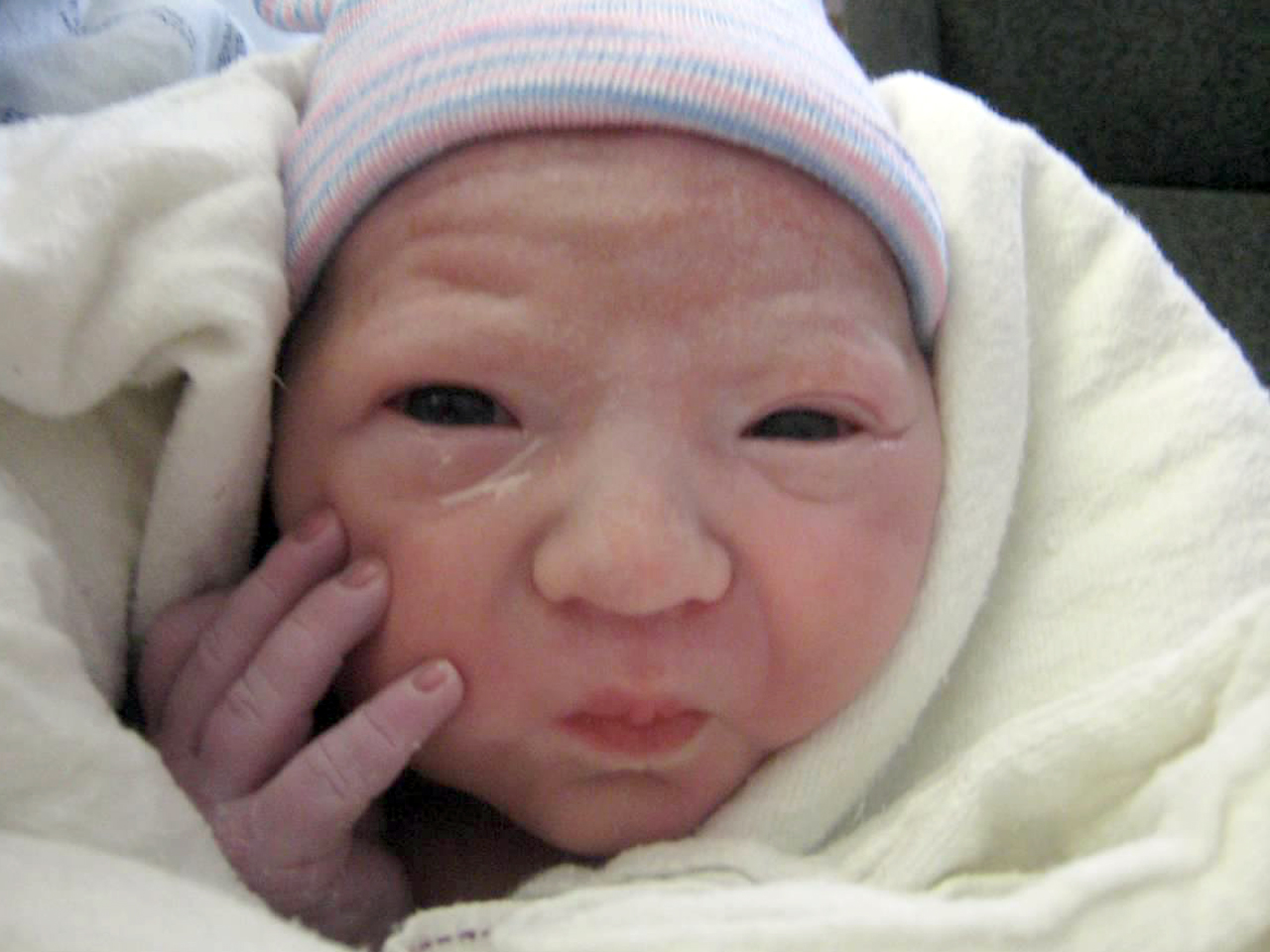
The Enchanting Allure of the Cutest Baby: A Comprehensive Exploration of Infant Cuteness
Introduction
From the moment they enter the world, babies possess an irresistible charm that captivates hearts and elicits an overwhelming sense of affection. Their tiny features, soft skin, and adorable expressions evoke an innate response of tenderness and protectiveness. Among the countless infants gracing our planet, there exists a select few who stand out as the epitome of cuteness, their allure transcending cultural and societal boundaries. This article delves into the captivating world of the cutest baby, exploring the scientific, psychological, and cultural factors that contribute to their irresistible charm.
Scientific Foundations of Baby Cuteness
The cuteness of babies is not merely a subjective perception but has a solid scientific basis. Evolutionary psychologists posit that certain physical characteristics trigger an instinctive response in humans, fostering a desire to nurture and protect. These characteristics, known as "baby schema," include:
- Large head and eyes: Infants’ heads are disproportionately large compared to their bodies, with large, round eyes that elicit a sense of vulnerability and dependence.
- Chubby cheeks and soft skin: The plumpness and softness of baby cheeks and skin evoke a tactile response, stimulating the desire to touch and cuddle.
- Small nose and mouth: The diminutive size of babies’ noses and mouths enhances their overall cuteness, creating a harmonious facial balance.
- High-pitched vocalizations: The soft, high-pitched cries and coos of babies trigger a nurturing response in adults, signaling their need for care and attention.
Psychological Factors Contributing to Baby Cuteness
Beyond physical attributes, psychological factors also play a significant role in determining a baby’s cuteness. These include:
- Social referencing: Humans are social creatures, and we often rely on others to guide our perceptions. When we see adults interacting with a baby in a positive and affectionate manner, it influences our own perception of the baby’s cuteness.
- Empathy and attachment: The sight of a cute baby triggers feelings of empathy and attachment, activating neural pathways associated with love and bonding. This emotional response reinforces the perception of cuteness.
- Cognitive dissonance: When we encounter a baby who deviates from the typical "cute" schema, it can create cognitive dissonance, leading us to perceive the baby as less cute. This highlights the importance of conformity to societal norms of cuteness.
Cultural Influences on Baby Cuteness
While certain physical and psychological factors contribute to baby cuteness universally, cultural norms also shape our perceptions. Different cultures have varying ideals of what constitutes a cute baby, influenced by factors such as:
- Body size and shape: In some cultures, plump babies are considered more cute, while in others, leaner babies are preferred.
- Skin color and texture: Cultural preferences for skin color and texture can influence perceptions of baby cuteness.
- Facial features: The shape of the eyes, nose, and mouth can vary across cultures, affecting the perception of cuteness.
- Clothing and accessories: Cultural norms regarding baby clothing and accessories can enhance or diminish a baby’s perceived cuteness.
The Power of Baby Cuteness
The cuteness of babies has a profound impact on human behavior and society. It:
- Promotes bonding and attachment: The irresistible charm of babies fosters strong bonds between parents and children, strengthening family relationships.
- Encourages nurturing and caregiving: The cuteness of babies triggers a desire to provide care and protection, ensuring their survival and well-being.
- Influences consumer behavior: The appeal of baby cuteness is exploited in marketing and advertising, influencing consumer choices and driving sales of baby-related products.
- Shapes societal norms: Cultural ideals of baby cuteness shape societal expectations and influence parenting practices.
The Ethics of Baby Cuteness
While the cuteness of babies brings joy and fulfillment, it also raises ethical considerations. It is important to:
- Respect individual differences: Not all babies conform to societal norms of cuteness, and it is essential to value and appreciate each baby’s unique qualities.
- Avoid objectification: Babies should not be treated as objects of entertainment or exploitation. Their cuteness should be admired with respect and sensitivity.
- Promote healthy body image: Cultural ideals of baby cuteness should not perpetuate unrealistic body standards or promote negative self-image in children.
Conclusion
The cuteness of babies is a captivating phenomenon that transcends cultural and societal boundaries. Rooted in scientific, psychological, and cultural factors, baby cuteness elicits feelings of affection, empathy, and a desire to nurture. While it brings joy and fulfillment, it is important to approach baby cuteness with respect and sensitivity, valuing individual differences and promoting healthy body image. As we marvel at the irresistible charm of the cutest babies, let us embrace the profound power of their cuteness to foster love, bonding, and a more compassionate society.
